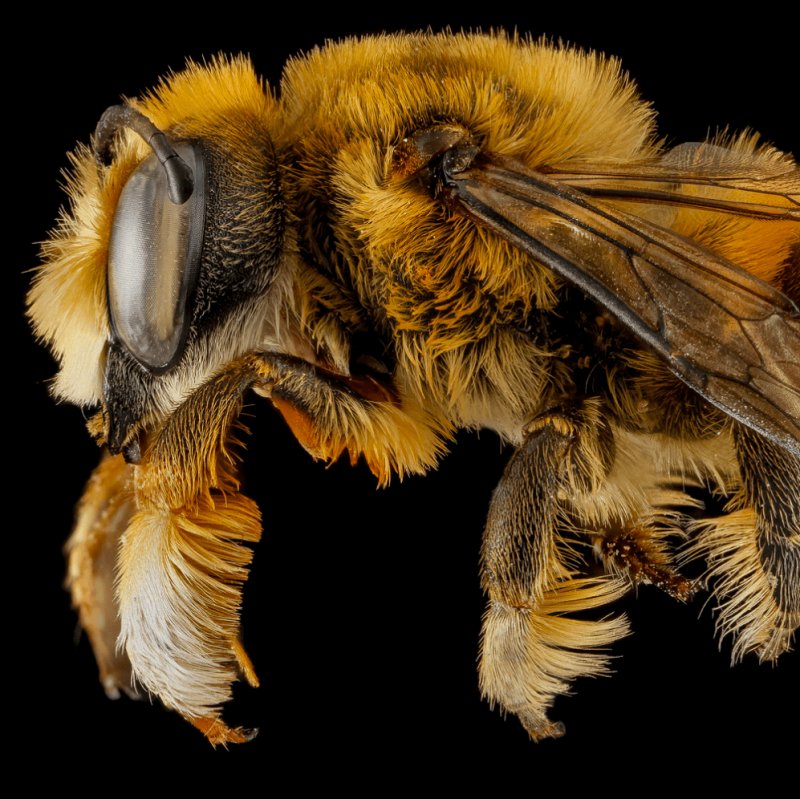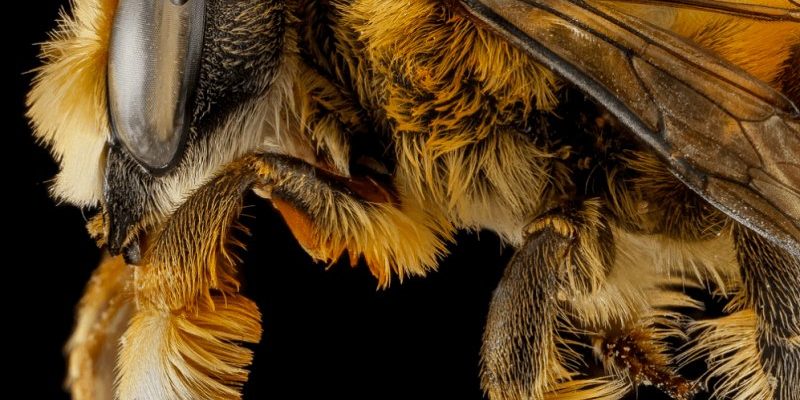
Honestly, bees are like nature’s busy little workers, and their impact is far more significant than many people realize. From producing honey to helping plants reproduce, they are essential to our food supply and the health of our environment. As scientists study bees, they uncover insights that not only enhance our understanding of these creatures but also provoke an urgency to protect them. Throughout history, research on bees has evolved, revealing some amazing facts that might surprise you.
The Early Days of Bee Research
Bee studies date back centuries, with ancient civilizations like the Egyptians depicting honeybees in their hieroglyphs. Early researchers were curious about how bees lived and worked together. They noticed how bees collected nectar and pollen but didn’t have the advanced tools we have today. For instance, many early findings relied on simply observing bees in their natural habitats.
In the 18th century, scientists like Carl Linnaeus started classifying bee species, laying the groundwork for our modern understanding of entomology—the study of insects. At this time, researchers were really focused on categorizing insects and understanding their roles in the ecosystem. These early explorations set the stage for the complex research we have now.
By the late 19th century, a shift occurred when scientists began to study bees not just as species but as critical players in ecology. They started to uncover just how vital bees are in pollinating crops, which was a game-changer for agriculture. This was when the world started to pay attention to the relationship between bees and food production.
Understanding Bee Communication
Have you ever heard of the “waggle dance”? It’s an incredible form of communication used by bees. When a bee discovers a good source of nectar, it performs a unique dance to tell its hive-mates where to find it. Think of it like a game of charades, but instead of acting, bees move in specific patterns to relay information about distance and direction.
Scientists have been studying this dance for decades, using various methods to decode the messages within it. They realized that the angle at which a bee waggles relates to the sun’s position, while the duration of the dance indicates the distance to the food source. This understanding of bee communication has been crucial in studying their behavior, helping researchers grasp how bees work as a community.
Let me explain how scientists dive deeper into this phenomenon. Using video recordings and observation, researchers can analyze these dances. They measure how many times a bee wiggles and the various patterns involved. Each detail offers insight into the complex social structure of bees and raises questions about how they might be influenced by environmental changes.
The Role of Bees in Pollination
You might be wondering why pollination is such a big deal. Well, bees are considered the primary pollinators for about one-third of the food we eat. That’s right! Imagine biting into a juicy apple or a sweet strawberry—bees often played a role in making those possible.
Scientists have studied how bees pollinate flowers and how this process influences plant reproduction. By examining how different species of bees interact with various plants, researchers can identify which plants rely on bees for pollination and how that affects biodiversity.
One significant finding is the impact of bee diversity on pollination efficiency. Studies have shown that having a variety of bee species can lead to better pollination outcomes than relying on just one or two types. This finding emphasizes the importance of conserving habitats to support a diverse bee population.
Bee Behavior and Ecology
Another area where scientists have focused their attention is bee behavior in their natural environment. Researching how bees forage and interact with their environment can provide clues to maintaining healthy populations. For example, scientists have observed how temperature, weather, and even landscape changes can affect bee activity.
You might not realize this, but bees are also influenced by their competition. When there are multiple bee species or other pollinators vying for resources, it can lead to fascinating behavioral adaptations. Scientists have studied this competition to learn how bees optimize their foraging strategies, which can help in conservation efforts.
Understanding bee behavior also opens doors to learning how they respond to threats such as pesticides, habitat loss, and climate change. There’s an ongoing need for research in this area, especially as bee populations face increasing challenges.
Modern Techniques in Bee Research
With technology advancing, scientists now have a suite of tools at their disposal to study bees in ways that were unimaginable years ago. One innovative method involves using genetic analysis to study bee populations. Researchers can understand genetic diversity within and between bee species, which helps to assess their resilience to environmental changes.
Additionally, researchers are using tracking technologies, like RFID tags, to monitor bee movements. This data reveals important patterns in their foraging behavior and habitat preferences. Imagine wearing a tiny GPS device—this is how scientists can follow bees and gather real-time information on their activities.
Finally, advancements in imaging technology allow scientists to visualize complex behaviors in ways we couldn’t before. High-resolution cameras capture detailed movements, making it easier to analyze how bees interact with their surroundings. This blend of technology and research is enhancing our understanding of bees more than ever.
The Importance of Conservation Efforts
As bee populations decline, scientists are increasingly alarmed. Their research highlights the urgency of conservation efforts to protect these vital pollinators. Studies indicate that habitat loss and pesticide use are two major contributors to bee declines, making it crucial to find solutions.
You might be wondering, “What can we do to help?” Well, scientists have been advocating for practices such as planting bee-friendly gardens that include native plants. These gardens provide habitat and food sources for bees, helping sustain their populations.
Moreover, research continues to explore the relationship between bees and local ecosystems, guiding conservation strategies. From creating bee corridors to minimizing pesticide use, every action counts. The more we learn, the more empowered we become to make a difference.
Future Directions in Bee Research
Looking ahead, bee research will continue to evolve as new challenges arise. Climate change will undoubtedly impact bee behavior and populations. Understanding how bees adapt to changing climates will be a key focus for researchers. By studying these adaptations, scientists hope to develop strategies to mitigate the effects of climate change on bee habitats.
Additionally, more research into how urbanization affects bee populations is essential. With cities expanding, understanding how bees navigate and thrive in urban environments can help create better urban planning strategies that benefit both people and bees.
In a world where technology is constantly evolving, integrating citizen science into bee research offers an engaging way for the public to contribute. Everyday people can help collect data on bee sightings, enabling scientists to gather vast amounts of information about bee populations and their behaviors.
Ultimately, the future of bee research is bright. With ongoing studies, innovative techniques, and a growing understanding of the challenges they face, we can work towards a healthier world for both bees and humans.
As we’ve seen, bees have played a significant role in scientific research. From understanding their communication and behavior to exploring the importance of their conservation, it’s clear that studying bees helps us appreciate not just the creatures themselves but also the delicate balance of our ecosystem. Understanding how the bee has been studied reminds us that every small effort counts in protecting these vital pollinators.

